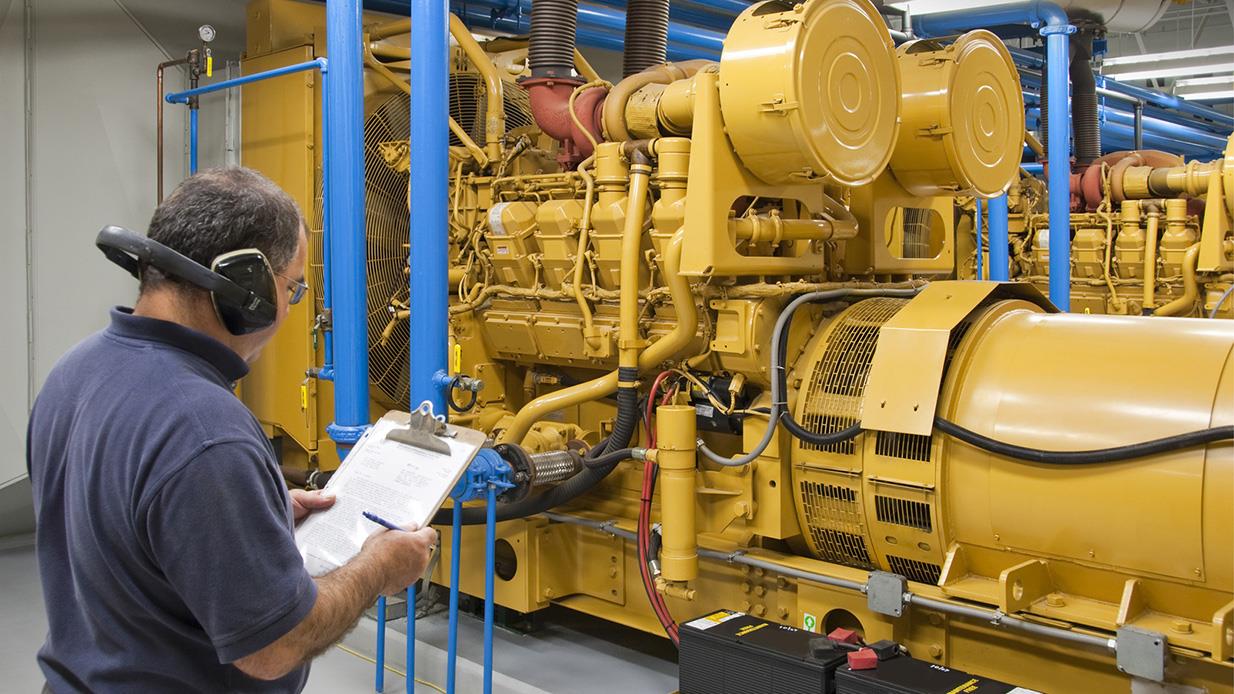Choosing Equipment for Oil Analysis
Tags: oil analysis

"Should oil analysis be applied to all plant rotating equipment or just the critical equipment?"
This is a common question throughout industry. Unfortunately, there are no formal maintenance guidelines that provide specific answers. The decision of whether to perform oil analysis on certain equipment will be based on a number of factors in your facility’s asset management cycle, including the maturity of the maintenance and asset management programs. The more advanced the program, the more predictive/proactive resources may be used, including advanced oil analysis.
There are comprehensive guidelines for classifying equipment based on their criticality. According to ISO 55000, equipment criticality should be defined based on the value generated by the asset more than its specific cost. Criticality can be defined based on a risk analysis.
You should also consider current improvement programs and the reliability goals of your organization. Some reliability goals may require further use of a complete and detailed oil analysis strategy.
The resources allocated to your reliability program are another important factor. These would include your budget, training, human resources and external support. An effective, high-quality oil analysis strategy will require an ample budget, but the investment will pay off in the long run.
While these ideas can help you configure your oil analysis program, there are some practical ways to select machines for oil analysis. The first step is to determine what information you would like to obtain from your oil analysis program. Oil analysis can provide a wealth of data, such as lubricant contamination types and concentrations for improving your contamination control program, lubricant degradation information for optimizing lubricant change intervals, abnormal machine conditions for detecting and correcting incipient equipment failures, and possible root causes of failure for adjusting your maintenance strategy.
Keep in mind that oil analysis is intended for machines that are relevant in the production process and maintenance program. There should not be a predetermination on the machine type, fluid type or sump size. If a machine is relevant and failure modes can be detected through lab work, it is a candidate for oil analysis.
Finally, be aware that oil analysis, as part of a reliability strategy, may change and improve continuously over time. As your reliability plan is modified, you may decide to include new machines in your oil analysis program. On the other hand, you may discover that your maintenance plan is quite reliable and that you can simplify your current oil analysis program.